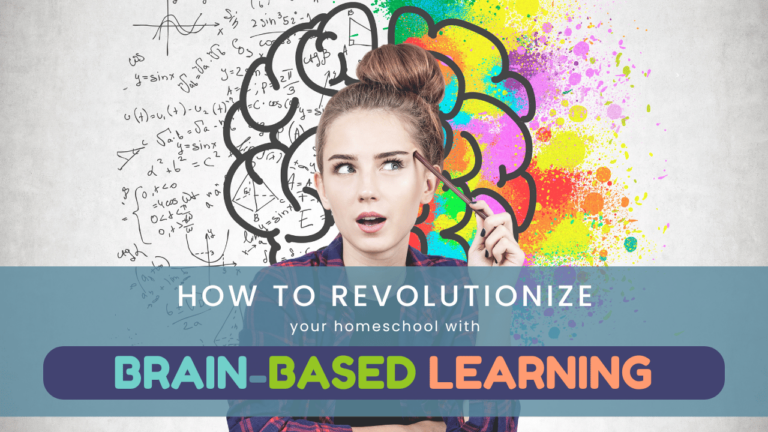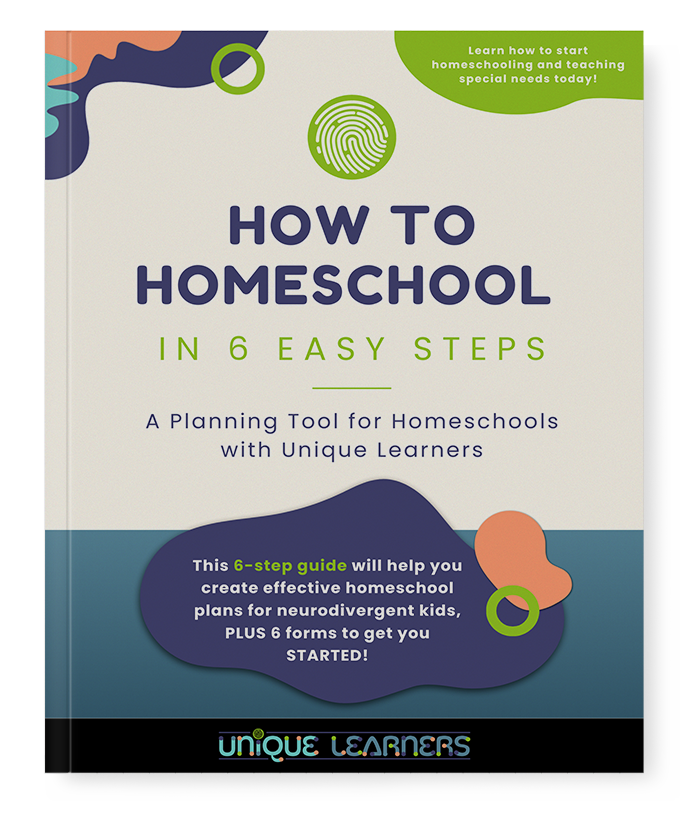Homeschooling is a dynamic and flexible way to educate children, and when paired with brain-based learning strategies, it becomes a powerful tool to unlock a child’s full potential. “Brain-based homeschool” is an approach that combines the latest neuroscience research with the freedom of homeschooling to create a truly individualized and effective learning environment. This article explores the concept of brain-based learning in homeschooling, its benefits, and practical strategies to incorporate into your homeschool routine.
Brain-based homeschooling bridges the gap between cutting-edge research and practical, day-to-day teaching. By aligning your homeschool practices with how the brain naturally learns, you can create a nurturing and effective learning environment tailored to your child’s needs. With its focus on emotional well-being, movement, and personalized strategies, this approach can transform your homeschool into a thriving hub of curiosity and growth.
We decided to homeschool for several reasons. The main reason was to be able to provide brain-based learning that cannot be provided in a classroom environment. Once we decided to homeschool, I wrote an homeschool philosophy statement about why we learn each skill and content subject to maximize learning for each of our children. Interestingly, my statement for why we were homeschooling aligned with the principles of brain-based learning. To put that in terms of homeschool approaches, our homeschool would be categorized as: eclectic, relaxed, and similar to Montessori and Charlotte Mason, yet with our own individual family twist. Our methods changed from elementary to high school, but the principles of how our brains take in, store, and express information stayed the same.
If you want to know more about brain-based homeschooling, read some of the references at the end of the article. Feel free to join our weekly email newsletter and Facebook group to ask questions. Start small by integrating one or two brain-based strategies into your routine, and watch as your child’s confidence and love for learning flourish!
What is Brain-Based Learning in Homeschooling?
Brain-based learning focuses on teaching methods and strategies that align with how the brain naturally learns and processes information. This approach is grounded in neuroscience and cognitive psychology, emphasizing the importance of emotions, memory, sensory experiences, and the brain’s need for movement and rest.
When applied to homeschooling, brain-based learning allows parents to tailor lessons to their child’s unique cognitive and emotional needs. This customization ensures that learning is not only effective but also engaging and enjoyable for the child.
Key Benefits of Brain-Based Learning in Homeschooling
1. Personalized Learning
Every child has a unique learning style and pace. Brain-based homeschooling allows parents to adapt lessons to suit visual, auditory, tactile, or kinesthetic learning preferences, ensuring better retention and understanding of concepts.
2. Emphasis on Emotional Well-Being
Research shows that emotions significantly impact learning. By creating a positive and stress-free learning environment, homeschooling parents can help their children absorb and retain information more effectively.
3. Flexibility to Optimize Learning
The brain has optimal periods for focus and retention. Homeschooling allows families to schedule lessons during these peak times and incorporate breaks when needed, supporting the brain’s natural rhythms.
4. Integration of Movement
Studies reveal that movement enhances brain function by improving blood flow and releasing endorphins. Brain-based homeschooling incorporates physical activity into the day to boost focus and memory.
Strategies for Implementing Brain-Based Learning in Homeschooling
1. Incorporate Multisensory Learning
Engage multiple senses during lessons. For example, when teaching spelling, use sand trays for tactile learners, or encourage kids to chant and clap the letters for auditory learners.
2. Use Brain Breaks
Short, frequent breaks help reset the brain and prevent fatigue. Activities like jumping jacks, stretching, or a quick dance session can re-energize your child.
3. Foster a Growth Mindset
Encourage children to view challenges as opportunities to grow. Praise effort rather than outcomes, which helps them develop resilience and a love for learning.
4. Leverage Technology Wisely
Educational apps and online platforms designed with brain-based principles can make learning interactive and engaging. Tools like Duolingo, Prodigy, and Khan Academy offer fun, research-backed lessons.
5. Create a Positive Environment
Design a learning space that is comfortable and free from distractions. Use calming colors, natural light, and organized materials to promote focus and creativity.
6. Prioritize Sleep and Nutrition
The brain needs adequate rest and proper nutrition to function optimally. Ensure your child gets enough sleep and provide brain-boosting foods like fruits, vegetables, nuts, and whole grains.
References
- Jensen, Eric. Teaching with the Brain in Mind. ASCD, 2005.
- Sousa, David A. How the Brain Learns. Corwin, 2016.
- Ratey, John J. Spark: The Revolutionary New Science of Exercise and the Brain. Little, Brown Spark, 2008.
- Zadina, Janet. Multiple Pathways to the Student Brain: Energizing and Enhancing Instruction. Jossey-Bass, 2014.
- Willis, Judy. “The Neuroscience of Joyful Education.” Educational Leadership, vol. 64, no. 9, 2007, pp. 8-13.
Grab your FREE e-book guide to revamp your homeschool for success!
Are you new to homeschooling, or just wanting a fresh start? Download our FREE “How to Homeschool in 6 Easy Steps” guide and get valuable insights from Sue’s 30+ years of experience as a special educator and homeschool mom of 4!
Want to know about new products and blogs?
Join our email newsletter to be the first to know about a new homeschool and special needs blog, and new products from our shop! Sign up for only the newsletter, or grab your FREE “How to Homeschool in 6 Easy Steps” guide and you will also be added to the newsletter!
Also, join our Facebook group!
Join our new “Homeschool Help for Special Needs” Facebook group! It is a place for homeschool moms to ask questions about homeschooling a child with special learning needs, share teaching and curriculum ideas that have worked (and those that bombed), and be real about the unique challenges of homeschooling with special needs. If you want to join us, be sure to answer the member questions to help us keep this private group secure. Join us now!

